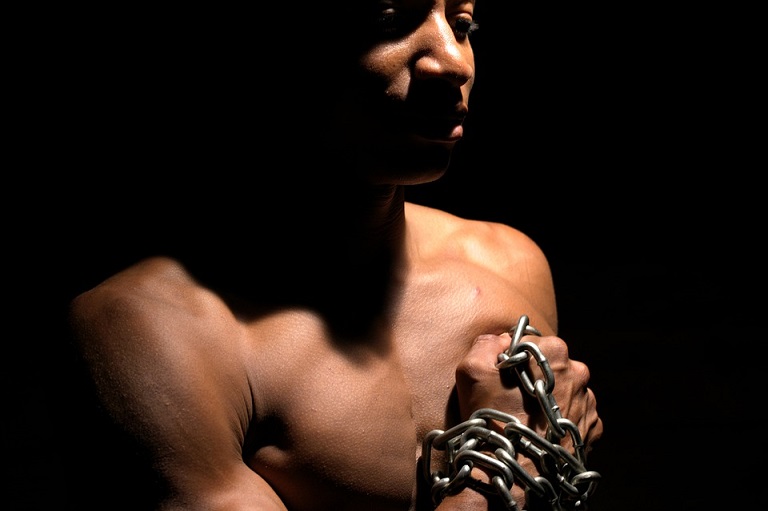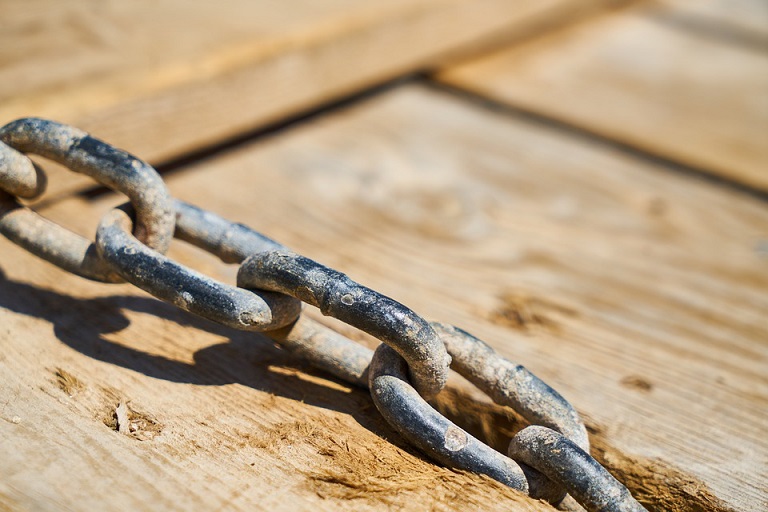One of the greatest myths is that modern trafficking can be directly compared with African-Caribbean chattel slavery. There are a number of fallacies in this argument. The Prisma’ memoirs.
 Nigel Pocock
Nigel Pocock
Could it be, as is suggested by Professor Geoff Palmer, that local communities can talk about modern trafficking, because it is something to which (apparently) ‘no sins can be connected’, and that therefore they need not have any guilt feelings about?
What are the myths?
First: That the present 27 million personal and sexual slaves are a direct comparison with African-Caribbean chattel slavery.
Second: Similarly, the estimated between 1 to 6 million children in forced labour.
Why is this?
World population is now seven times greater than it was in 1800, at the height of the African-Caribbean trade (1 billion to 7 billion today).
First: Even if we add the maximum estimate of 6 million children to 27 million sex slaves (=33 million), this is not seven times the number of 13 million or so Africans that were trafficked into chattel slavery.
That would equal 91 million, nearly three times as many. It might be retorted that this is not like-with-like, because the Caribbean figure is an accrued statistic.
 To make an exact parallel however, is probably impossible, since sexual slavery and child trafficking has doubtless gone on since the beginning of the human race.
To make an exact parallel however, is probably impossible, since sexual slavery and child trafficking has doubtless gone on since the beginning of the human race.
To compare the limited time period of African-Caribbean slavery to the whole of global history is unhelpful. There is a limited parallel (to modern sex trafficking) in that African women and girls were subject to potentially unlimited sexual predation.
Second: African-Caribbean chattel slavery was unique in that it was legal, and there was no embarrassment about it.
There has never been a society directly like those of the Caribbean islands or in adjunct colonies like Surinam. In Jamaica (1778) the ratio was 18,000 whites to 205,000 slaves, a ratio of 11 to 1.
What other society, anywhere in the world, at any time, before or since, can boast such a statistic? Has there ever been an entire community where they are all legally chattel slaves, the property of others, on such a disparate scale? Probably not.
But this disparity is minute compared with Surinam. Here 1,400 colonists (1754) are outnumbered by 35,000 slaves, a staggering disparity of 94 to 1!
Lest others think they are not like this, John Gabriel Stedman, in his classic work, shows that the Dutch used specially hired (not mercenary) British marines to support them, and put down the many continuing revolts there.
 While it may be that that women (and men and children) have greatly reduced rights in many cultures, it is doubtful that they are legally chattel [a word derived from ‘cattle’] and technically not human, or, at best, sub-human ‘regressions’.
While it may be that that women (and men and children) have greatly reduced rights in many cultures, it is doubtful that they are legally chattel [a word derived from ‘cattle’] and technically not human, or, at best, sub-human ‘regressions’.
Even where women are regarded as less than men, there will still be a balance of men to women of nearly 1 to 1. Of 94 to 1 is practically unheard of.
Let us therefore stop trying to make out that modern trafficking is parallel to African-Caribbean slavery in both its scale and its effects. It is not.
Neither should making modern trafficking, however appalling this is, out to be the same as Caribbean slavery, to be used as an avoidance mechanism as regards African Caribbean slavery. This is blind denial. (May, 2014)
(Photos: Pixabay)












.jpg)












